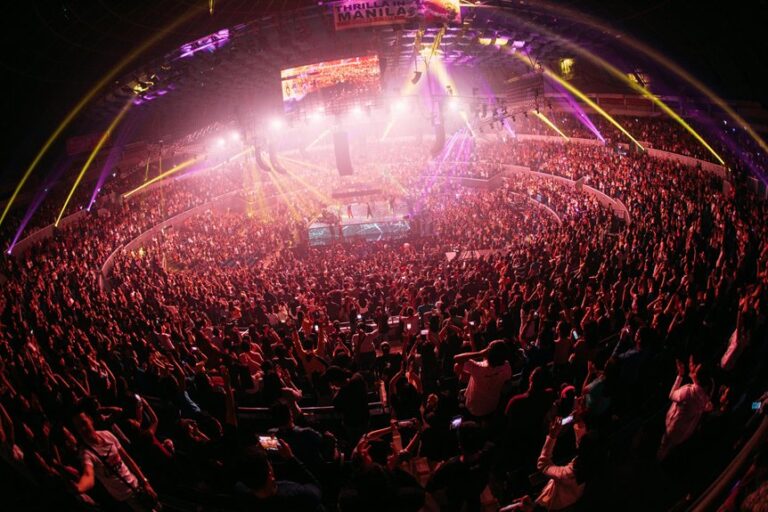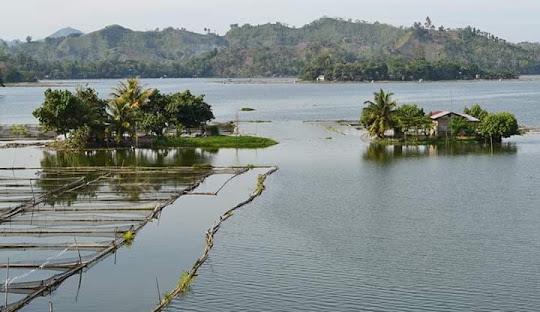Philippine Airport Guide for Filipino Travelers

Philippine airports have undergone dramatic transformation in 2024-2025, with NAIA terminal fees nearly doubling and ₱21.5 billion in infrastructure improvements reshaping the travel experience.
Filipino travelers now face significantly higher costs but benefit from enhanced services, with OFWs retaining terminal fee exemptions and budget options ranging from ₱10 jeepney rides to competitive airport currency exchange rates. Recent privatization of NAIA and major upgrades across 22 airports represent the most substantial changes to Philippine aviation infrastructure in decades.
Current airport fees surge dramatically across the archipelago
The most significant change affecting Filipino travelers is the increase in airport fees. NAIA has implemented its first terminal fee adjustment in over 20 years, with international departures jumping to ₱950 (72% increase) and domestic departures rising to ₱390 (95% increase), effective September 14, 2025.
This reflects broader fee standardization under the Civil Aviation Authority of the Philippines (CAAP), which increased fees at 22 government airports in April 2025.
Major airport terminal fees now include:
- NAIA: ₱950 international, ₱390 domestic (first increase in 20+ years)
- Davao: ₱900 international, ₱350 domestic
- Iloilo: ₱900 international, ₱350 domestic
- Clark: ₱750 international, ₱315 domestic
- Cebu Mactan: ₱850 international, ₱200 domestic
Crucially, OFWs remain exempt from international terminal fees, while children under 2 and flight crews also qualify for exemptions. Most airlines now integrate these fees into ticket prices, though some smaller airports still collect them separately.
Parking costs have quadrupled at NAIA, with overnight parking now costing ₱1,200 for cars (up from ₱300), though verified passengers can secure discounted rates of ₱600 with boarding pass verification. The new automated parking system accepts GCash, PayMaya, and credit cards alongside cash payments.
Services and amenities improve significantly despite higher costs
Despite fee increases, airport services have reached new standards of excellence. Currency exchange rates at Philippine airports are surprisingly competitive, with NAIA Terminal 3 offering rates just 0.2% below mid-market, exceptional compared to global airport standards where 3-5% margins are typical.
WiFi access has been revolutionized across major airports. NAIA’s new “NewNAIA” network provides 3 hours of free daily access with speeds averaging 50-60 Mbps. Iloilo International launched unlimited 24/7 free WiFi in August 2024, while Clark offers 1-hour access through DITO partnership. All major airports now feature extensive charging stations, though availability remains first-come, first-served during peak hours.
Food pricing maintains reasonable premiums over outside establishments. Airport restaurants typically charge 20-40% above city rates, with coffee ranging ₱120-180 (vs ₱80-100 outside) and complete meals costing ₱200-800 depending on venue. Budget-conscious travelers can access better prices at pre-security food courts or invest in lounge access for included meals.
Airport lounges have become more accessible with Plaza Premium Lounges offering ₱700-2,000 entry fees that include food, beverages, WiFi, and often shower facilities. Clark’s Plaza Premium Lounge currently offers 20% discounts through September 2025, while NAIA terminals feature various lounge options from budget-friendly Wings Transit (₱500 shower access) to full-service Mabuhay Lounges.
Travel requirements streamline through digital integration
The eTravel system has eliminated paper arrival/departure cards, requiring registration within 72 hours before travel to generate QR codes for immigration processing. This digital transformation, combined with dedicated OFW processing lanes at NAIA Terminal 3, has significantly improved processing efficiency despite increased passenger volumes.
Security wait times vary dramatically by timing and airport. NAIA experiences peak congestion from 6-9 AM and 4-7 PM, with waits extending to 45+ minutes during these periods. Off-peak travel (10 AM-2 PM or late night) reduces wait times to 15-30 minutes. Regional airports like Cebu Mactan and Clark consistently demonstrate faster processing.
Duty-free allowances remain generous for OFWs and returning residents. Balikbayans can claim ₱350,000 duty-free allowances (10+ years abroad) while OFWs receive additional ₱150,000 allowances for home appliances annually. Balikbayan boxes maintain ₱150,000 duty-free limits with maximum frequency of three shipments per calendar year.
Transportation options balance cost and convenience effectively
Budget transportation provides excellent value for cost-conscious Filipino travelers. Jeepney rides start at ₱10-50 depending on distance, while UBE Express P2P buses cost ₱150-200 for direct NAIA connections to major destinations. Free inter-terminal shuttles at NAIA save ₱200-300 compared to taxi transfers between terminals.
Specific transportation costs by airport include:
- NAIA to Manila areas: UBE Express ₱150-200, regular taxi ₱300-800 depending on destination
- Cebu Mactan to city: MyBus ₱50 (1 hour), taxi ₱300-500 (45 minutes)
- Clark connections: Genesis P2P ₱380-480 from Manila, local loop bus ₱15-50
- Davao city center: Jeepney ₱15-30 + walk, taxi ₱150-200 (30 minutes)
- Iloilo transport: Multicab + jeepney combination ₱26 total, P2P shuttle ₱50-70
Grab services now provide transparent upfront pricing at all major airports, while motorcycle taxis (Angkas, JoyRide) offer budget options for solo travelers with light luggage.
Infrastructure investments reshape airport capabilities
The ₱21.5 billion infrastructure investment program across 22 airports represents the largest modernization effort in Philippine aviation history. Beyond the new Manila International Airport in Bulacan (₱735.6 billion project starting 2025), regional airports receive substantial upgrades including Davao’s ₱650 million expansion (completion December 2026) and ₱190 million Iloilo International improvements.
NAIA privatization under San Miguel-led consortium has already yielded visible improvements including enhanced terminal facilities, upgraded restrooms, improved baggage handling, and the expanded WiFi network. The ₱170.6 billion investment commitment includes plans for additional fee adjustments in years 6 and 11 of the concession.
Recent facility additions include dedicated OFW processing wings, automated parking systems with digital payment options, enhanced security screening areas, and improved inter-terminal connectivity. These improvements address decades of infrastructure gaps while positioning Philippine airports for projected passenger growth.
Budget optimization strategies for cost-conscious travelers
Strategic timing reduces costs significantly. Tuesday-Thursday flights average 20-30% lower than weekend departures, while off-peak months (June-October) offer substantial savings despite weather considerations. Early morning or late evening flights provide additional cost reductions and shorter security lines.
Currency exchange optimization involves using NAIA Terminal 3 for best airport rates or considering Wise Cards for mid-market ATM withdrawals. Avoiding Terminal 1 exchange counters prevents unnecessary rate penalties of 0.5-1% below market rates.
Food and service cost management includes eating at pre-security food courts for better prices, bringing snacks for domestic flights (no restrictions), and calculating lounge access value for stays exceeding 3 hours when meal inclusion offsets entry fees.
Transportation budget strategies emphasize public transport for solo travelers, group cost-sharing for private transfers, advance booking for better rates, and utilizing free airport shuttles where available. Motorcycle taxis provide the cheapest option for individual travelers with minimal luggage.
Hidden costs awareness prevents budget surprises
Beyond published terminal fees, Filipino travelers should budget for multiple additional charges. Travel tax ranges from ₱1,620 (economy) to ₱2,700 (business class) for international departures, though OFW dependents pay reduced rates of ₱300-400. Processing fees of ₱50 plus 2% for card payments apply to online travel tax transactions.
Boracay-bound travelers face supplementary fees including ₱100 Caticlan port terminal fees, ₱150-300 environmental fees (depending on citizenship), and ₱20-25 boat fares. Lost parking tickets incur ₱450-500 penalties plus accumulated parking charges.
Proposed airline enhancement fees of ₱75 (domestic) and ₱275-300 (international) await approval to offset increased airport operational costs, potentially adding another cost layer for travelers.
Conclusion
Philippine airport travel in 2024-2025 requires careful budget planning due to substantial fee increases, but enhanced services and infrastructure improvements provide tangible value.
OFW exemptions and competitive airport services help offset costs for frequent Filipino travelers, while strategic timing and transportation choices can maintain affordable travel despite higher baseline costs.
The ongoing infrastructure transformation positions Philippine airports for improved long-term competitiveness while requiring short-term budget adjustments from travelers navigating this transitional period.






